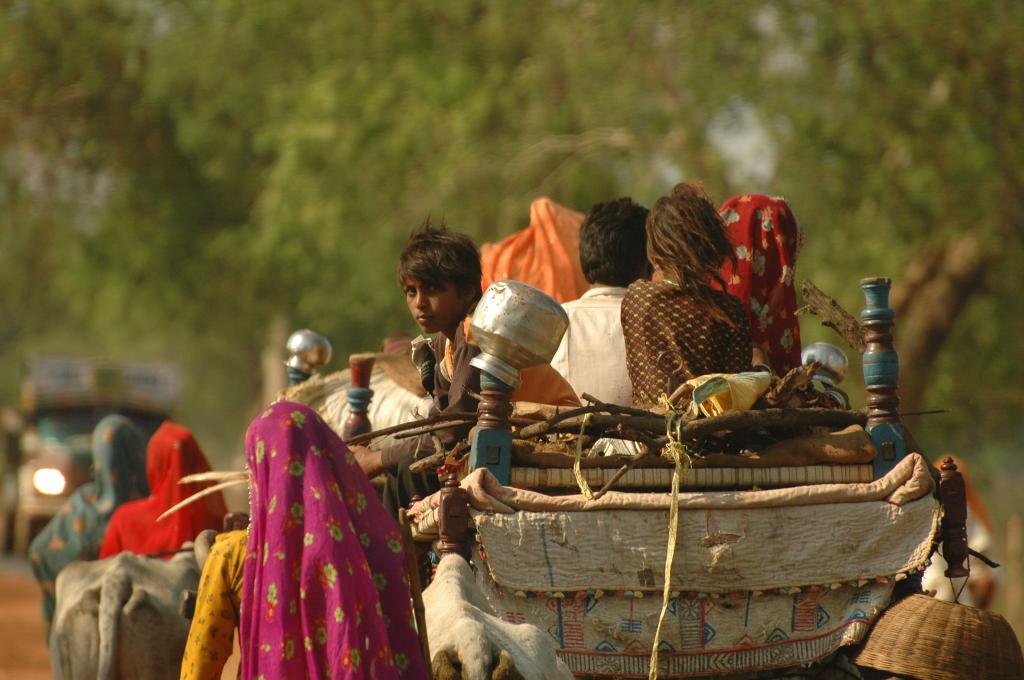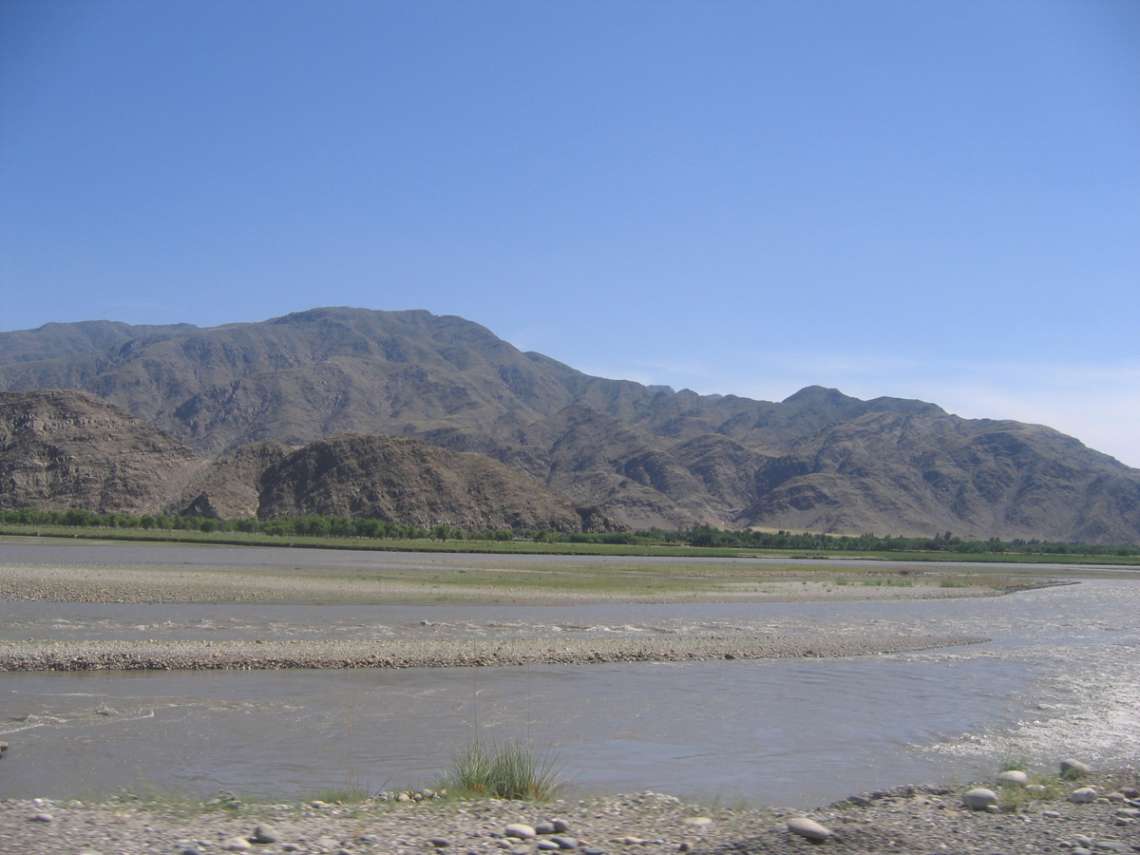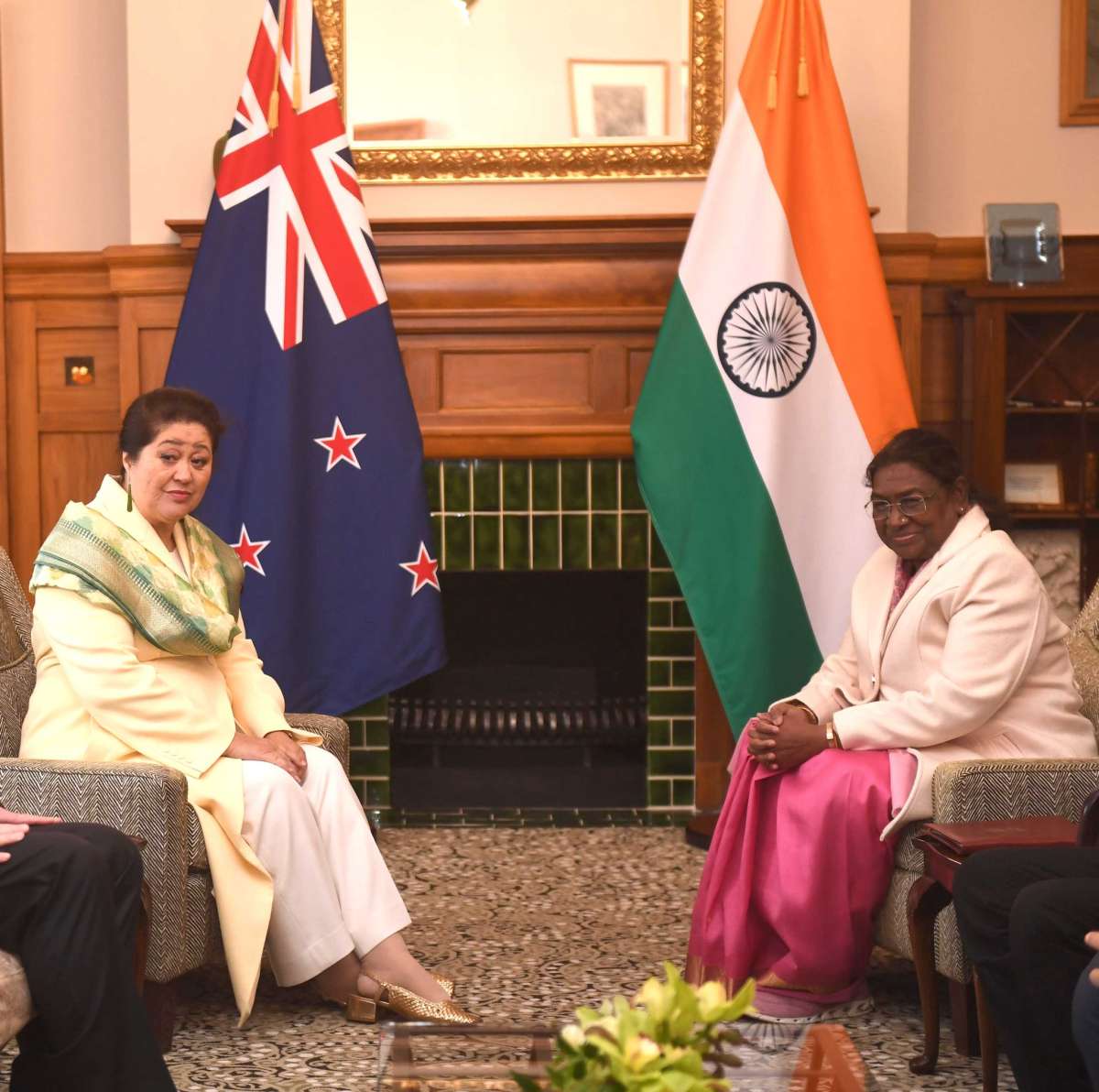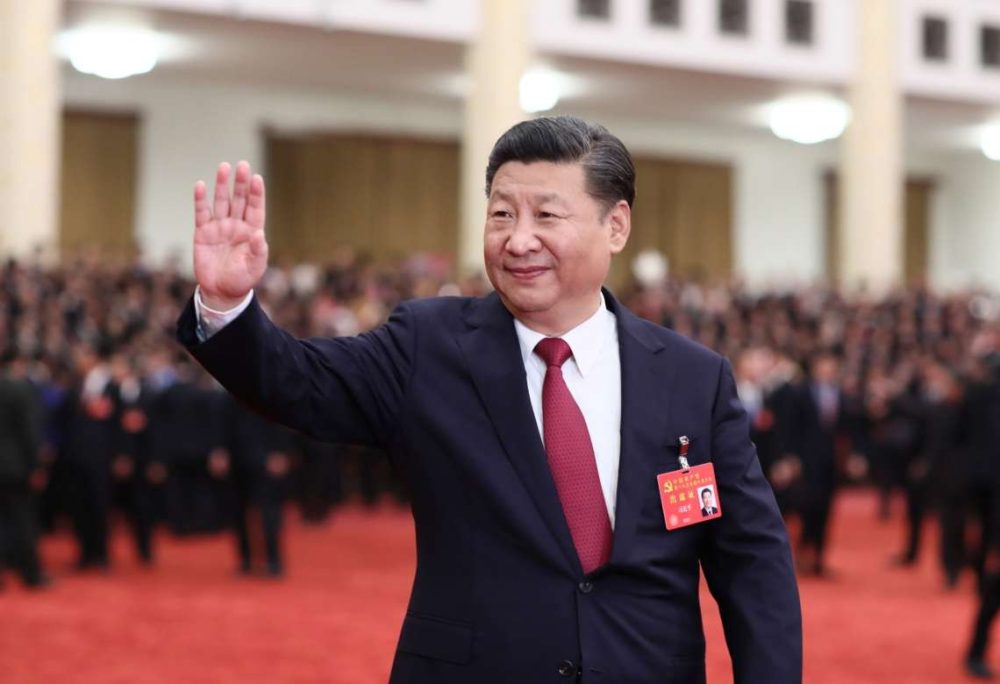As per the Economic Survey 2023-24, it is expected that more than 40 per cent of the population will live in urban areas by 2030….reports Asian Lite News
The government on Wednesday revealed recent figures on internal migration which demonstrate that rural-to-urban movement of household members stood at 18.9 per cent of the population, while urban-to-rural migration was 10.2 per cent.
According to Minister of State (Independent Charge), Statistics and Programme Implementation, Rao Inderjit Singh, the information on migration is collected from the Periodic Labour Force Survey (PLFS) conducted by the Ministry during the July 2020–June 2021 period.
The percentage of internal migrants has been deciphered by four types of rural-urban migration streams — rural to rural areas, rural to urban areas, urban to rural areas, and urban to urban areas.
In the case of rural-to-rural, the migration was reported at 55 per cent while urban-to-urban was recorded at 15.9 per cent according to the survey period, the minister said.
As per the Economic Survey 2023-24, it is expected that more than 40 per cent of the population will live in urban areas by 2030. This estimation has been made on the basis of studies and reports of NITI Aayog.
Meanwhile, the revival of rural spending has turned out to be one of the bright spots in the evolution of demand conditions, according to the central bank. With rural spending outpacing urban segments, the rural-urban divide is narrowing, as the recent monthly per capita consumption expenditure (MPCE) survey of the NSSO highlighted. According to the report, the rural recovery is yielding better results for companies in the fast-moving consumer goods (FMCG) segment, with earnings upgrades boosting stock valuations.
Meanwhile, the Ministry said that various measures have been taken to ensure the efficiency and accuracy of data collected by the National Sample Survey Office (NSSO). It includes the adoption of scientific sampling design, and the supply of structured instruction sets to the field functionaries for uniformity in concept and definition. Further, a multi-layered training system is adopted to ensure thorough training of primary field workers, supervisors and all officials associated with a survey. Regular inspection of fieldwork and scrutiny of data is undertaken by supervisory staff to ensure the quality of data.
ALSO READ: India, Zimbabwe explore ways to boost cooperation














